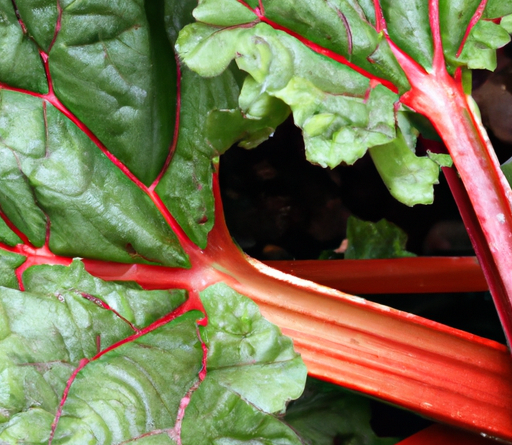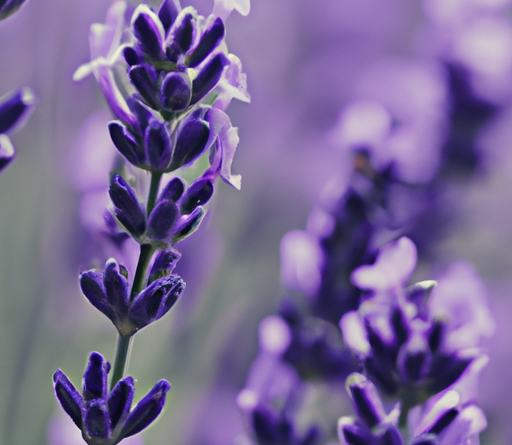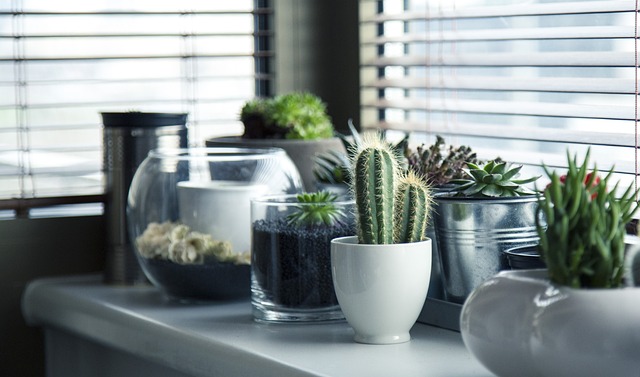
Have you ever wondered when is the best time to prune your azaleas? Well, you’re not alone! Pruning azaleas can be a bit daunting if you’re not sure when or how to do it. But fear not, because in this article, we’ll dive into the details of when and how to prune azaleas, so you can keep your plants healthy and beautiful.
Azaleas are flowering shrubs that require regular pruning to maintain their shape and promote better growth. The ideal time to prune azaleas is right after they have finished blooming. This is usually in late spring or early summer. Pruning at this time allows the plants to recover and set new buds for the following year’s bloom.
When it comes to the actual pruning process, it’s important to start by removing any dead, damaged, or diseased branches. This helps to improve the overall health of the plant and prevent the spread of diseases. Next, you can trim back any overgrown or leggy branches to maintain a compact and tidy shape. Just be careful not to prune too heavily, as this can result in fewer flowers the following year.
If you want to learn more about how to properly prune your azaleas and ensure their long-term health, stay tuned for our upcoming article. We’ll cover everything from the different pruning techniques to the tools you’ll need. With a little bit of knowledge and some easy maintenance, your azaleas will thrive and be the envy of the neighborhood!
Table of Contents
When to Prune Azaleas
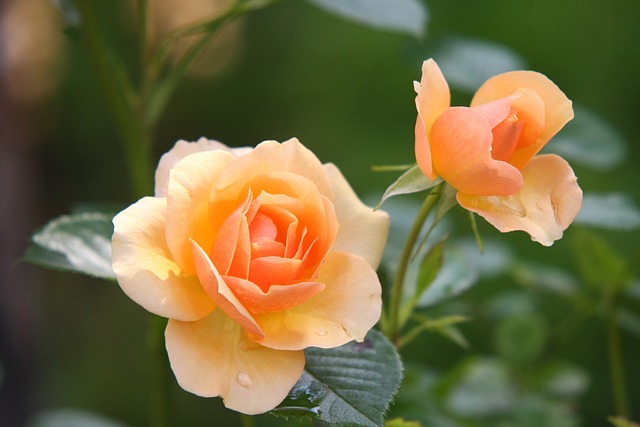
Understanding Azaleas
What are Azaleas?
Azaleas are beautiful flowering shrubs that are known for their colorful and vibrant blooms. They belong to the Rhododendron family and are native to several parts of Asia and North America. Azaleas come in a variety of colors, including shades of pink, purple, red, white, and orange, making them a popular choice for gardens and landscapes.
Types of Azaleas
There are various types of azaleas, each with its own unique traits and growing requirements. Some common types of azaleas include:
- Evergreen Azaleas: These azaleas have small, glossy leaves and retain their foliage throughout the year. They are known for their early spring bloom and are often used as foundation plants or in woodland gardens.
- Deciduous Azaleas: Unlike evergreen azaleas, deciduous azaleas shed their leaves in the fall. They produce larger and showier flowers compared to evergreen varieties and are generally hardier.
- Hybrid Azaleas: Hybrid azaleas are created by crossbreeding different types of azaleas. They offer a wide range of flower colors and are often more disease-resistant and hardy.
Importance of Pruning
Pruning is an essential part of azalea care, as it helps maintain the health and appearance of the plants. Pruning azaleas not only promotes better flower production but also keeps the shrubs in a manageable size. Regular pruning also helps remove dead, damaged, or diseased branches, preventing the spread of pests and diseases.
When to Prune Azaleas
General Pruning Guidelines
Before diving into specific pruning times, it’s important to understand some general guidelines for pruning azaleas. The best times to prune azaleas are in the spring, summer, or fall, depending on the specific pruning goals and the type of azalea.
Pruning Azaleas in Spring
Spring is the most common time to prune azaleas. Pruning in early spring, just before the start of the growing season, removes dead wood, promotes new growth, and shapes the shrub for the upcoming blooming period. It’s important to prune azaleas before the new growth emerges but after the threat of frost has passed.
To prune azaleas in spring, follow these steps:
- Begin by inspecting the plant for dead or diseased branches. These branches should be pruned back to healthy wood, using clean and sharp pruning shears.
- Thin out the shrub by selectively removing some of the older, overgrown branches. This helps improve air circulation and allows sunlight to reach the interior of the plant.
- Shape the azalea by pruning back the longest branches to a desired length. Make the cuts just above a bud or lateral branch, ensuring clean and angled cuts to promote healing.
Pruning Azaleas in Summer
Summer pruning is typically done to control the size and shape of azaleas or to remove any additional dead or damaged branches that may have appeared since the spring pruning. It’s important to note that summer pruning should be done before the end of July to avoid interfering with the next year’s flower bud formation.
To prune azaleas in summer, follow these steps:
- Inspect the azalea for any dead, diseased, or damaged branches. Remove these branches by cutting them back to healthy wood.
- Thin out the shrub by selectively removing some of the crowded branches to improve air circulation and sunlight penetration.
- Shape the azalea as desired by pruning back the longest branches. Make angled cuts just above a bud or lateral branch to encourage new growth.
Pruning Azaleas in Fall
Fall is generally not the ideal time to prune azaleas, as it may stimulate new growth that can be damaged by winter frost. However, if necessary, light pruning can be done in the early fall to remove any dead, diseased, or damaged branches.
To prune azaleas in fall, follow these steps:
- Inspect the azalea for any dead, diseased, or damaged branches. Remove these branches by cutting them back to healthy wood.
- Avoid heavy pruning or shaping in the fall, as it may negatively impact the plants during the winter months.
- Keep an eye out for signs of winter damage during the colder months, so you can prune any affected branches in the following spring.
Tools for Pruning Azaleas
To properly prune azaleas, you’ll need a few essential tools:
Pruning Shears
Pruning shears, also known as hand pruners or secateurs, are used for cutting branches up to 1/2 inch in diameter. They are ideal for precise cuts and are available in bypass or anvil styles. Bypass pruning shears are recommended for azaleas, as they provide cleaner cuts and are less likely to damage the branches.
Loppers
Loppers are designed for cutting branches that are too thick for pruning shears. They have longer handles and sharper blades, allowing you to reach higher branches and apply more cutting force. Loppers are especially useful for removing thicker or overgrown branches from azaleas.
Pruning Saw
A pruning saw is needed for cutting larger branches with diameters exceeding 1 inch. Look for a saw with a curved blade and sharp teeth, as it will make clean cuts with minimal effort. A pruning saw is useful when dealing with thick branches or when rejuvenating an older, overgrown azalea.
Preparing for Pruning
Before you start pruning your azaleas, there are a few important steps to take:
Inspecting Azaleas
Inspect your azaleas for any signs of disease or pest infestation. Look for wilting leaves, discolored spots, or unusual growth patterns. Identifying any issues beforehand will help you determine if certain branches need to be pruned to prevent the spread of diseases or pests.
Cleaning and Disinfecting Tools
To prevent the spread of diseases between plants, it’s crucial to clean and disinfect your pruning tools before and after each use. Use rubbing alcohol, bleach, or a household disinfectant to sanitize the blades of your pruning shears, loppers, and pruning saw. This will minimize the risk of introducing pathogens to your azaleas while pruning.
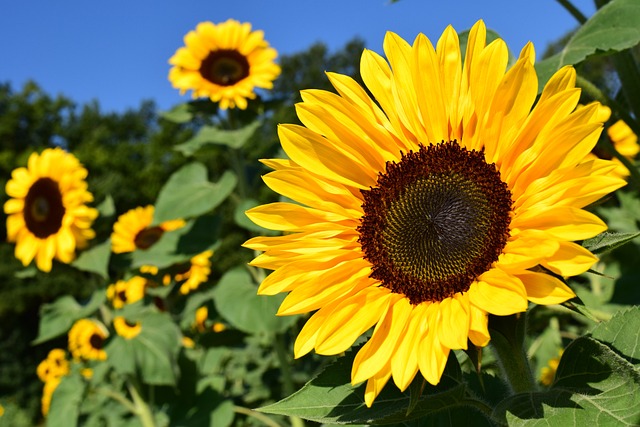
Pruning Techniques
Now that you have the proper tools and have prepared your azaleas, let’s dive into some common pruning techniques:
Removing Dead or Diseased Branches
Start by removing any dead, diseased, or damaged branches. These branches can hinder the health and growth of the entire plant. Use your pruning shears to make clean cuts just above healthy wood. Remove any branches that show signs of disease, such as discoloration or lesions.
Shaping Azaleas
To shape your azaleas, start by removing any overgrown or crossing branches. Look for branches that are crowding the center of the plant or growing in undesirable directions. Prune these branches back to a bud or lateral branch to encourage new growth in the desired shape.
Reducing Overgrowth
If your azaleas have become overgrown, pruning can help reduce their size and promote better flowering. Begin by selectively removing some of the older, longer branches, focusing on maintaining a balanced shape. Make cuts just above a bud or lateral branch to promote new growth and maintain the overall health of the azalea.
Avoiding Common Mistakes
When pruning azaleas, it’s important to avoid common mistakes that can negatively impact the health and appearance of the plants:
Overpruning
While it’s essential to prune azaleas, overpruning can lead to stress and reduced blooming. Avoid removing more than one-third of the plant’s total foliage in a single season. This allows the azalea to recover and promotes healthy growth.
Pruning at the Wrong Time
Pruning at the wrong time can disrupt the flowering cycle of azaleas. Make sure to prune your azaleas during the appropriate seasons, following the guidelines mentioned earlier in this article.
Not Pruning Enough
Neglecting to prune azaleas can result in overgrowth, reduced blooming, and an overall unkempt appearance. Regular pruning helps maintain the shape and health of the plants and encourages better flower production. Be sure to prune your azaleas at the appropriate times to keep them in their best condition.
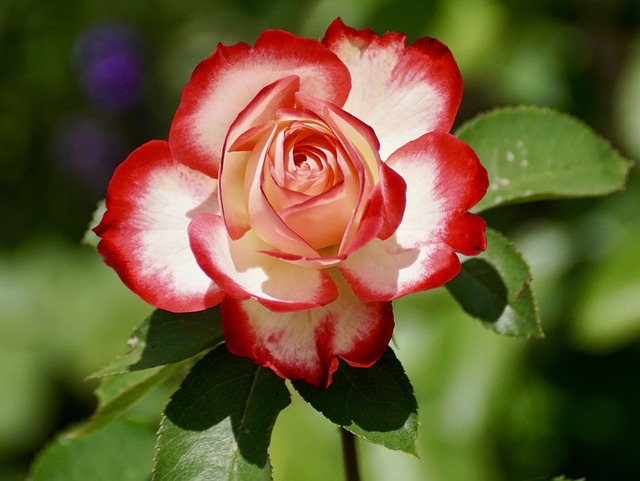
After Pruning Care
After pruning your azaleas, there are a few steps you can take to ensure their continued health and beauty:
Watering Azaleas
Proper watering is crucial after pruning. Make sure to water your azaleas deeply, providing enough moisture for the roots to recover and the new growth to thrive. Avoid overwatering, as this can lead to root rot.
Applying Fertilizer
To promote healthy growth, apply a balanced slow-release fertilizer specifically formulated for azaleas after pruning. Follow the product instructions for proper application rates and timing. Fertilizing provides the necessary nutrients for the azaleas to recover from pruning and produce new blooms.
Mulching Azaleas
Applying a layer of organic mulch around the base of your azaleas helps retain moisture, suppress weeds, and protect the roots. Use pine straw, wood chips, or shredded bark mulch, and ensure that the mulch is not piled against the trunk of the plant, as it may promote rot.
Dealing with Azalea Pests and Diseases
Azaleas are susceptible to various pests and diseases. Understanding common issues and knowing how to prevent and treat them is crucial for maintaining the health of your plants.
Identifying Common Pests
Some common pests that can affect azaleas include aphids, lace bugs, spider mites, and azalea caterpillars. These pests can cause leaf damage, wilting, and overall decline in the health of the plant.
Preventing and Treating Diseases
Common diseases that can affect azaleas include powdery mildew, root rot, and leaf spot. To prevent these diseases, ensure proper spacing between plants, provide adequate air circulation, and avoid overwatering. If diseases do occur, fungicides or other appropriate treatments can be used to minimize their effects.
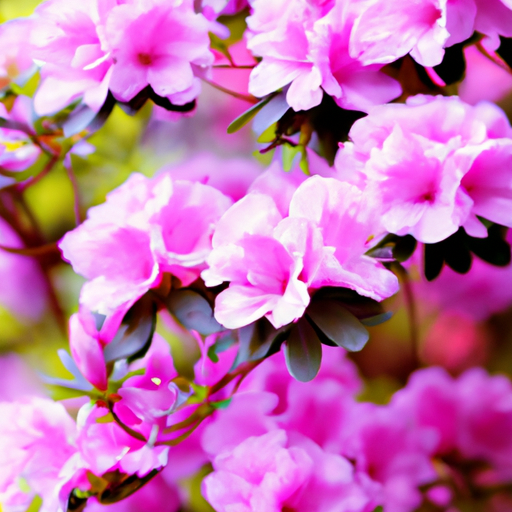
Signs of Successful Pruning
When you’ve successfully pruned your azaleas, you’ll notice some positive changes in the plants:
Azalea Rejuvenation
Pruning helps rejuvenate azaleas by removing old wood and stimulating new growth. You should see an increase in younger, healthier branches and overall improved plant vigor.
Increased Flowering
Proper pruning encourages better flowering in azaleas. By removing dead wood and thinning out the shrub, you allow more sunlight to reach the interior, leading to increased flower production and more vibrant blooms.
Healthy Branch Growth
After pruning, you’ll notice healthy new growth emerging from the pruned branches. The azalea should exhibit a balanced and vigorous appearance, indicating that the pruning was successful.
Conclusion
Pruning azaleas is an important task for maintaining the health and beauty of these flowering shrubs. By understanding the different types of azaleas, the appropriate pruning times, and the proper techniques, you can ensure that your azaleas remain vibrant and flourishing year after year. Remember to use the right tools, inspect your plants, and take proper care of them after pruning. By following these guidelines, you’ll be well on your way to maintaining beautiful and healthy azaleas in your garden.



